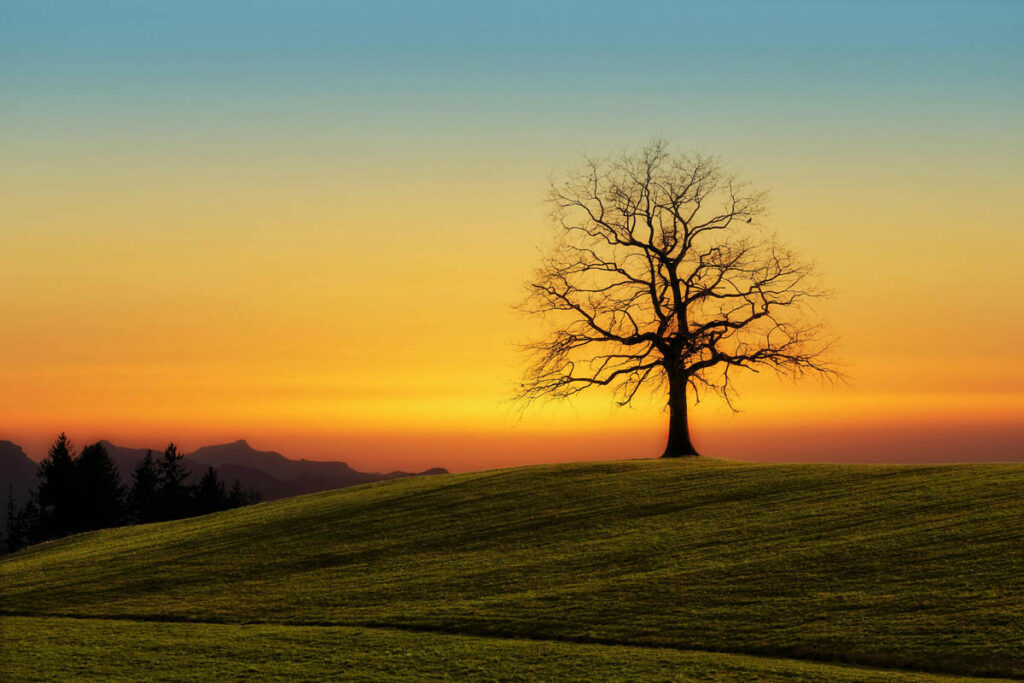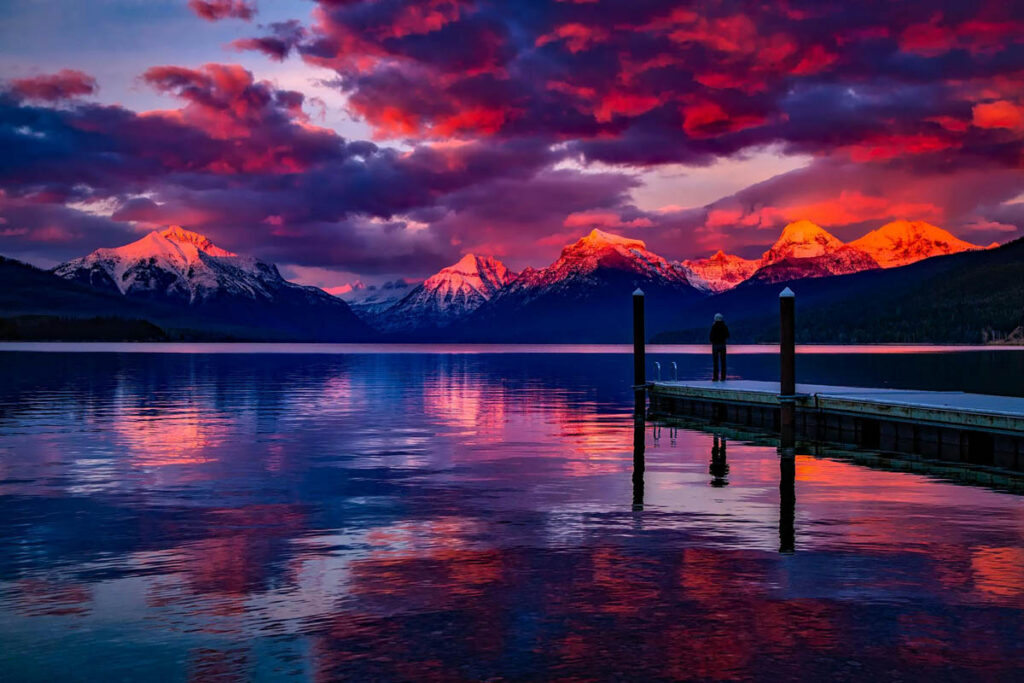Capturing Stunning Sunsets: Tips for Photography Enthusiasts
Sunset photography is one of the most rewarding experiences for photographers of all skill levels. With vibrant colors, dramatic skies, and breathtaking landscapes, a sunset provides a perfect opportunity to enhance your photography portfolio. In this article, we’ll explore key techniques and tips for capturing stunning sunsets, ensuring you get the most out of your photographic adventures.
Understanding the Magic of Sunset Light
Sunsets offer a unique light quality that is both warm and soft, making it ideal for photography. The golden hour, occurring just before sunset, bathes everything in a warm glow, enhancing textures and colors. Understanding the science behind this light can help you make better choices in your photography.

Best Camera Settings for Sunset Photography
- Aperture: Use a wide aperture (f/8 to f/16) to capture sharp images with a greater depth of field. This ensures both the foreground and background are in focus.
- Shutter Speed: Since the light changes quickly at sunset, using a faster shutter speed (1/60 to 1/250 seconds) can help freeze any motion in the scene, especially if there are moving elements like water or clouds.
- ISO: Keep your ISO low (100-200) to reduce noise and maintain image quality. If the light gets too dim, adjust your shutter speed and aperture instead of raising the ISO too high.

Composition Techniques
- Rule of Thirds: Position the horizon line either one-third from the top or bottom of the frame. This creates a more balanced composition and draws attention to either the sky or the foreground.
- Leading Lines: Use natural lines in the landscape, like roads, rivers, or tree lines, to lead the viewer’s eye towards the sunset. This technique adds depth and interest to your photographs.
- Foreground Interest: Include elements in the foreground to create a sense of depth. This could be rocks, flowers, or silhouettes of trees, which can frame the sunset beautifully.

Using Filters for Enhanced Colors
Consider using a polarizing filter or graduated neutral density filter to enhance the colors of the sunset. A polarizing filter can help reduce glare and boost saturation, while a graduated ND filter balances the exposure between the bright sky and darker foreground.

Timing Your Shots
The best time to capture sunsets is during the “golden hour,” which occurs approximately one hour before the sun sets. Arriving early allows you to scout locations and find the best angles. As the sun dips below the horizon, keep shooting, as the colors will continue to change and evolve.

Post-Processing Tips
After capturing your sunset images, post-processing can elevate your photos to the next level. Use editing software to adjust exposure, contrast, and saturation. Be careful not to overdo it—natural beauty often shines brightest with subtle enhancements.

Conclusion
Capturing stunning sunsets is both an art and a science. By understanding camera settings, composition techniques, and the unique qualities of sunset light, you can create breathtaking images that resonate with viewers. So, grab your camera, find a beautiful location, and get ready to capture the magic of the setting sun! By following these tips and techniques, you’ll not only improve your skills but also create stunning images that will leave a lasting impression. Happy shooting!

wow
Thank you for this lovely article.